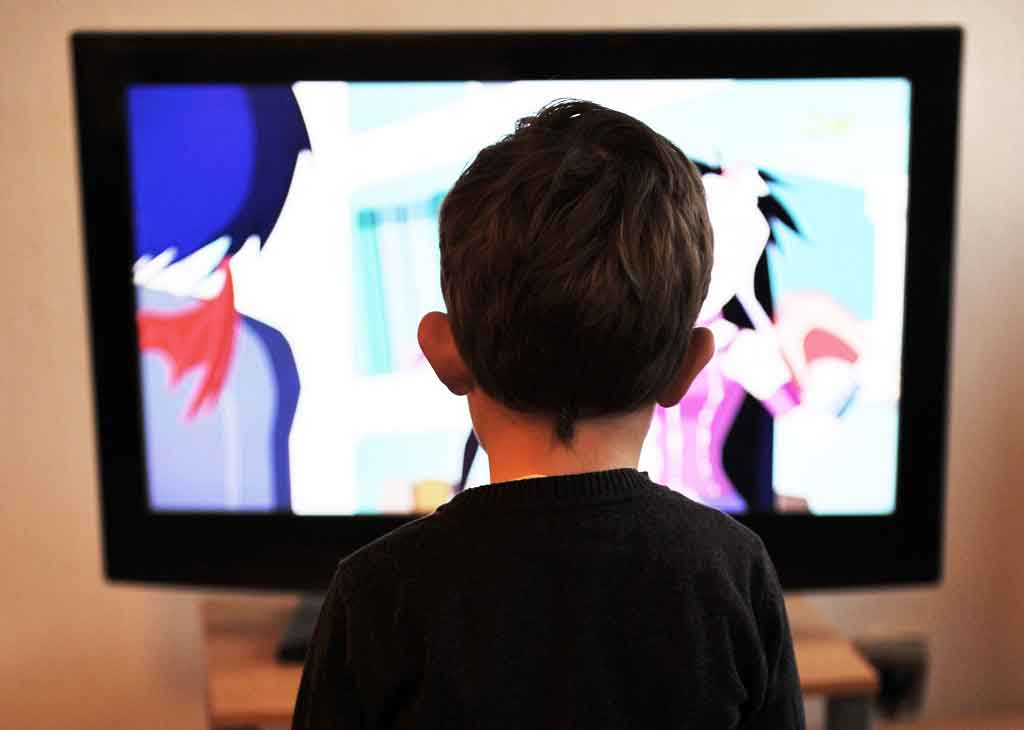Face-to-face bullying much more common than cyberbullying
Pregnancy and child
"Children suffer significantly more face-to-face bullying than online abuse," reports the Mail Online. UK researchers questioned nearly 300,000 15-year-olds about their experiences of bullying in the biggest study of the subject to date…
"Children suffer significantly more face-to-face bullying than online abuse," reports the Mail Online.
UK researchers questioned nearly 300,000 15-year-olds about their experiences of bullying in the biggest study of the subject to date.
They found 30% of the teenagers who replied experienced regular "traditional" physical, verbal or relationship bullying, while 3% experienced both traditional and "cyberbullying", such as being on the receiving end of unpleasant text messages or social media posts. Less than 1% experienced online bullying only.
Teenagers who reported being bullied twice a month or more were likely to have poorer mental wellbeing than those who weren't bullied that often.
But because the study was just a snapshot in time, we don't know whether poorer mental wellbeing was caused by the bullying.
Though the results suggest cyberbullying is less common, this finding is based on around 110,000 adolescents who took part in the survey. We don't know why 190,000 of the adolescents invited to take part in the study didn't respond to the bullying questionnaire.
This is very much a "good news, bad news" story. Cyberbullying may not be as big an issue as the media sometimes suggest. But traditional bullying remains a problem that hasn't been consigned to the past.
The researchers say any attempts to control the perceived rise in new forms of cyberbullying should also include efforts to crack down on traditional forms of victimisation.
Read more advice about bullying and what you can do to help your child.
Where did the story come from?
The study was carried out by researchers from the University of Oxford and had no specific funding.
It was published in the peer-reviewed journal The Lancet Child and Adolescent Health.
The Times, Mail Online and BBC News all carried accurate and balanced reports of the study.
BBC News made the point that the study looked at those who'd experienced regular bullying in the past couple of months, so the 97% of teenagers who didn't report cyberbullying might have experienced it, but not regularly or recently.
The Times' photographs illustrating the piece showed very young children, and the headline suggested bullying took place in "the playground" – but the study only included teenagers.
The low response rate to the survey also wasn't pointed out by the media.
What kind of research was this?
The study had two parts. It was primarily a cross-sectional survey to gather data on how many teenagers had experienced different types of bullying.
It also measured mental wellbeing, and the researchers did an analysis to see how this was linked to experiences of bullying.
While cross-sectional studies are useful ways to spot links between issues, they can't tell us whether one causes the other.
What did the research involve?
Researchers contacted 298,080 15-year-olds in 150 local authorities across England using a database of pupils. Parents or guardians were sent letters allowing them to opt their child out of the survey.
Teenagers completed the survey on paper or online. They were asked to state how often they'd experienced eight types of bullying, including two types of cyberbullying. They were also asked to fill in a mental wellbeing scale.
Researchers used the results to assess the prevalence of different types of bullying and see whether regular bullying was linked to lower mental wellbeing.
The teenagers were asked how many times in the past two months they'd experienced the following:
- I was called mean names, made fun of, or teased in a hurtful way.
- Other people left me out of things on purpose, excluded me from their group of friends, or completely ignored me.
- I was hit, kicked, punched, shoved around, or locked indoors.
- Other people told lies or spread false rumours about me and tried to make others dislike me.
- Other people made fun of me because of my body weight.
- Other people made sexual jokes, comments or gestures to me.
- Someone sent mean instant messages, wall postings, emails and text messages, or created a website that made fun of me.
- Someone took unflattering or inappropriate pictures of me without permission and posted them online.
Teenagers also filled out the Warwick-Edinburgh Mental Wellbeing Scale, a 14-point questionnaire used to measure psychosocial health, wellbeing and functioning.
Researchers looked for correlations between reports of bullying and wellbeing.
They were able to adjust their figures to take account of gender, ethnic background and deprivation (based on postcode data), but not other potential confounding factors that might have played a role, such as mental ill health or abuse in the home.
What were the basic results?
Researchers got results from 120,115 teenagers, about 40% of those contacted. Girls were more likely to respond than boys.
- Nearly one-third (33,363 or 30%) said they'd been bullied at least twice a month in the previous two months, either face to face or online.
- Regular bullying was reported more often by girls (36%) than boys (24%).
- Regular cyberbullying with no face-to-face bullying was reported by 406 teenagers, less than 1% of the total questioned.
- Regular traditional and cyberbullying was experienced by 3,655 teenagers (3%).
The researchers said regular experience of any type of bullying was linked to lower mental wellbeing.
But they found no evidence that cyberbullying was more harmful than traditional bullying – in fact, traditional bullying seemed more strongly linked to lower mental wellbeing.
How did the researchers interpret the results?
The researchers concluded their results support the position that "cyberbullying is unlikely to provide a source for new victims, but can best be understood as a new avenue for victimisation for those already suffering traditional forms of bullying."
They say their findings "are in stark contrast to media reports that young people are now more likely to be victims of cyberbullying than traditional forms".
Those putting in place strategies to curb cyberbullying should be aware that measures are only likely to be effective if they also consider "the dynamics of traditional forms of bullying", the researchers say.
Conclusion
Being bullied is a relatively common and distressing experience for many children and adolescents.
Research in recent years has linked the experience of being bullied as a child to the development of mental health problems like anxiety and depression.
It's perhaps not a surprise that cyberbullying in this study almost always occurred when teenagers were also being bullied offline.
The internet is a tool, not a separate entity from the human world, and people who bully in one part of life may also use internet tools to bully in cyberspace.
If anything, it's surprising how few teenagers reported having experienced regular cyberbullying, given how common smartphone use is among this age group.
But this study has a few limitations:
- Only 40% of the children contacted completed the questionnaire, and more than 9,000 didn't complete the bullying section. Though this is typical of survey response rates, we don't know whether adolescents are more or less likely to participate in such a survey if they're being bullied.
- As a cross-sectional study, it can only look at what happened at one point in time, so those who experienced bullying more than two months before they filled in the questionnaire wouldn't have been picked up by this report.
- Cross-sectional studies can't tell us which came first: bullying or low mental wellbeing. This means the study can't tell us whether bullying causes low mental wellbeing.
- The researchers couldn't include possible relevant factors, such as teenagers' history of mental illness or difficult circumstances at home, in their calculations. The teens' varying levels of wellbeing might be caused by other factors that weren't measured.
The authors' conclusions – that good anti-bullying interventions are needed to tackle both traditional and cyber forms of bullying – seem sensible.
There are several organisations that can help if you or your child is experiencing bullying, such as Family Life, Bullying UK and Kidscape.
Read more advice about bullying and ways you can help your child.






 Subscribe
Subscribe Ask the doctor
Ask the doctor Rate this article
Rate this article Find products
Find products






